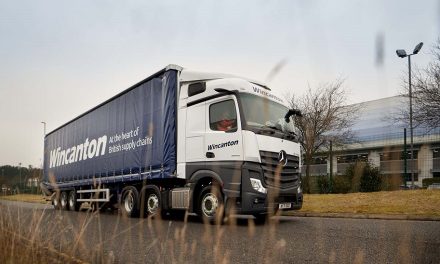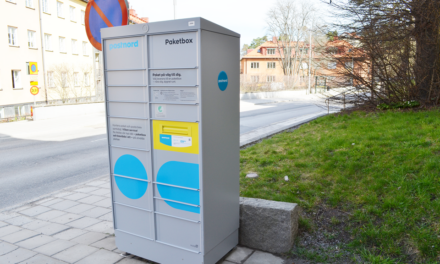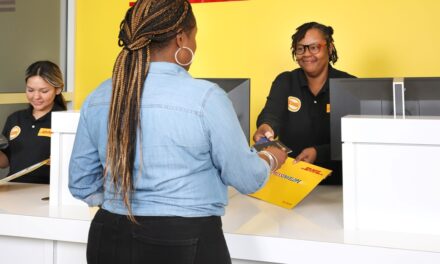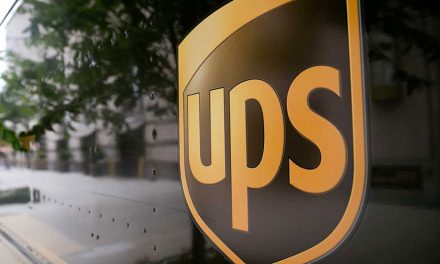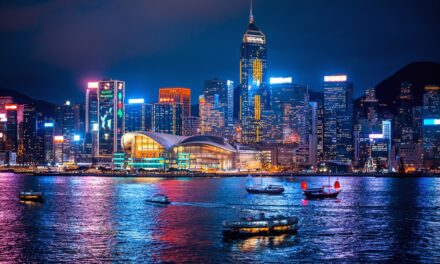
DHL is struggling to deliver in the US
DHL is a wildly successful brand – on the surface, at least: it is the biggest express carrier in both Europe and Asia, with a 40% share in each market.
In the US, however, it has a paltry 7% market share. The delivery market there is dominated by UPS and FedEx, which enjoy a combined 78% market share.
To most marketers, the strength, scale and incumbent power of UPS and FedEx would make the US just about the least attractive target market imaginable. But two strategic factors peculiar to the global delivery business mean that DHL must succeed there.
First, the business is, by definition, international. Any self-respecting global delivery brand wants to be, well, global, and a weak spot in the world's biggest market is, to say the least, problematic. Second, the vast majority of costs in the delivery business are fixed rather than variable. Whether DHL delivers one letter next year or 1bn of them, it will still need a massive infrastructure to allow it to operate. High fixed costs and a relatively small market share are very unhappy bedfellows.
In 2004, for example, DHL lost an eye-watering dollars 500m in the US.
The company has to make it in the US, and make it big. Hence the dollars 1bn acquisition of US delivery company Airborne in 2003, followed by a dollars 1.2bn investment in its US infrastructure. It has also spent dollars 40m on a complete rebranding of 17,000 staff, 18,000 vehicles and more than 3000 locations.
Finally, there was a dollars 110m advertising campaign created by Ogilvy & Mather.
The campaign was big in every sense of the word. Beginning in June 2004 and including heavy rotation during the Olympic Games, the campaign introduced the US to DHL with the message: 'Competition. Bad for them, Great for you.' Print ads proclaimed that, like the Roman and British empires before them, the FedEx empire was about to fall. Meanwhile, TV ads featured UPS and FedEx delivery staff battling it out for most of a 30-second spot only to discover that both had been beaten to their destination by a DHL courier. Another dollars 50m was poured into a second campaign in which customer service became the focus. Once again, no expense was spared, as major US cities were peppered with DHL outdoor advertising, while prime-time TV spots continued the theme.
'Very soon DHL will be as familiar a presence in the US as we are in more than 200 other countries,' declared the company's US marketing chief, Dick Metzler. Ogilvy's US creative director, Fred Lind, was even more confident in DHL's prospects: 'We are unabashedly putting the stake in the ground. We are here, and FedEx and UPS should be a little nervous. We are here and will not be denied.'
But it didn't quite pan out like that. DHL's annual report for 2005 starchily announced that, despite its best efforts, the US business 'fell short of expectations'. More massive losses are expected this year and many analysts are growing more and more sceptical that DHL will ever turn a profit in the US. One investment firm, MM Warburg, went as far as warning that DHL's US business is 'out of control'.
More than dollars 160m of advertising over the past two years has driven awareness of DHL through the roof, but has had absolutely no impact on the company's US market share. Time to exit? Not DHL.
US marketers have found an even more opulent way to blow their budgets: product placement, and DHL is now employing 'brand integration' to get its message across – for starters, heavily featuring in a recent episode of NBC's Law & Order: Criminal Intent. Next up, an even bigger deal in which DHL will co-star in one of this summer's biggest movies. It will also use its status as 'official shipping and logistics partner' of the production in a tie-in TV ad.
The highly appropriate title of the film? Mission: Impossible III.
30 SECONDS ON … DHL AND PRODUCT PLACEMENT
– DHL was founded by Adrian Dalsey, Larry Hillblom and Robert Lynn to send papers by plane from San Francisco to Honolulu to start clearing through customs before ships docked.
– By 1988 DHL was present in 170 countries and had 16,000 staff.
– Deutsche Post World Net became DHL's owner in 2002, consolidating all its express and logistics activities under the brand the following year.

